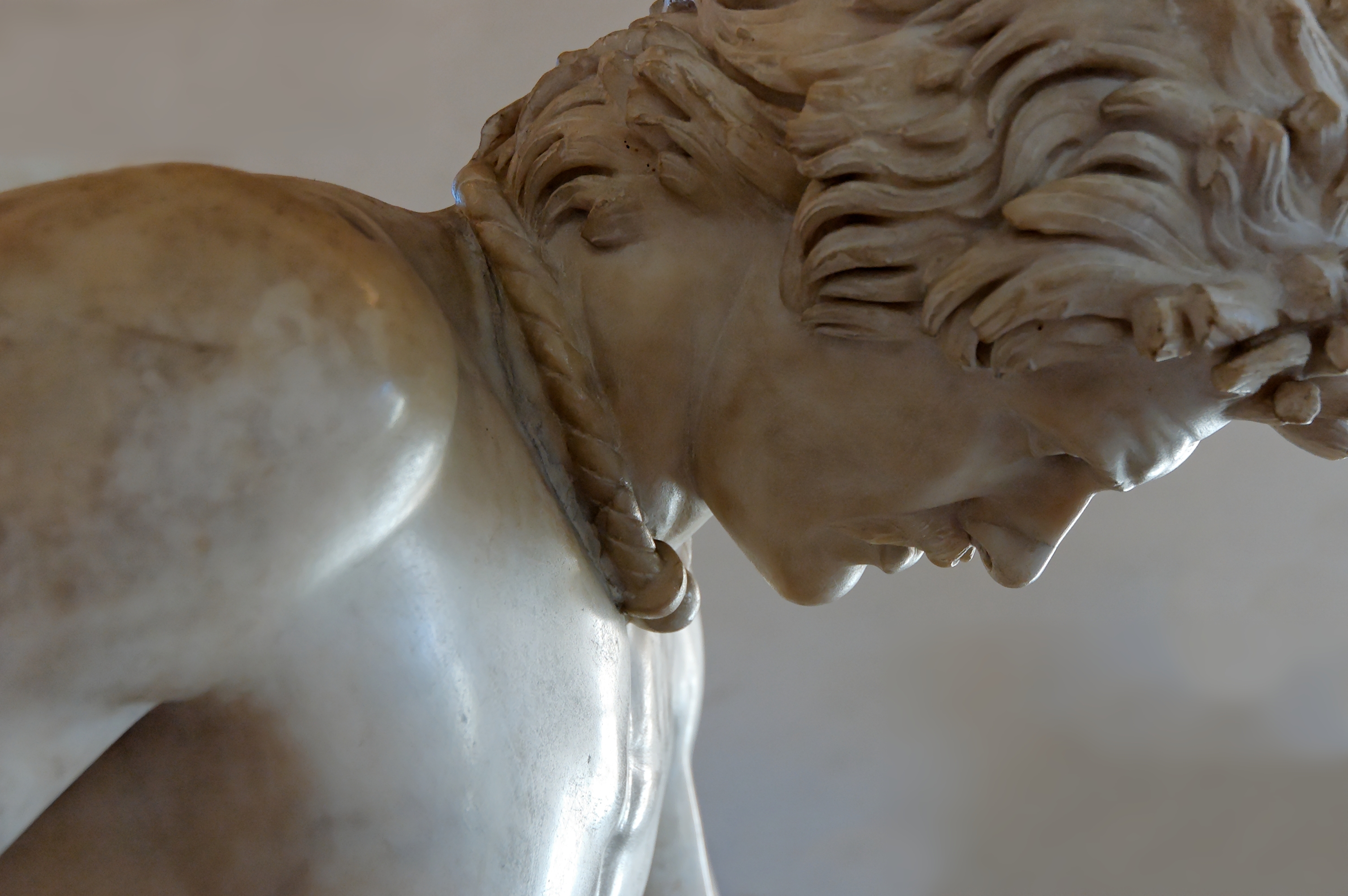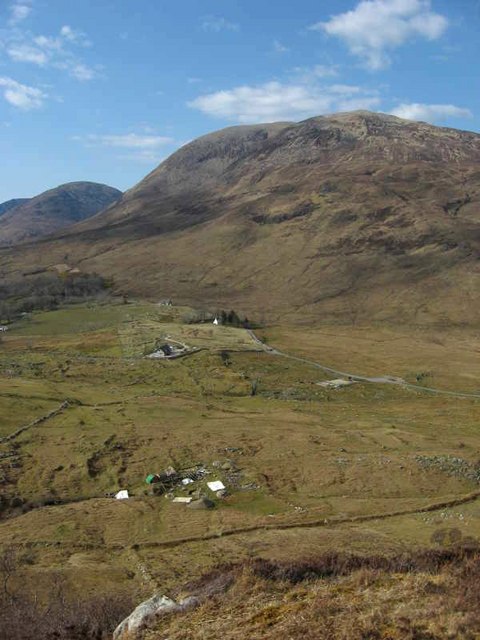|
Origin Of The Harp In Europe
The origins of the triangular frame harp are unclear. Triangular objects on the laps of seated figures appear in artwork of Ireland, Scotland, England and Wales, as well as other parts of north-west Europe. This page outlines some of the scholarly controversies and disagreements on this subject. Scottish origins The connection of Scotland its love of stringed instruments is both ancient and recorded. A bridge thought to be from an Iron Age lyre, and dating to around 300 BC, was discovered on the Isle of Skye which would make it the earliest surviving stringed instrument from western Europe. The earliest descriptions of a European triangular framed harp i.e. harps with a fore pillar are found on carved 8th century Pictish stones.John T. Koch Celtic Culture: A Historical Encyclopedia 2006. Published ABC-CLIO, pp1276. Pictish harps were strung from horsehair. The instruments apparently spread south to the Anglo Saxons who commonly used gut strings and then west to the Gaels of th ... [...More Info...] [...Related Items...] OR: [Wikipedia] [Google] [Baidu] |
Lyres
Yoke lutes, commonly called lyres, are a class of string instruments, subfamily of lutes, indicated with the code 321.2 in the Hornbostel–Sachs classification. Description Yoke lutes are defined as instruments with one or more strings, arranged parallel to the sound board and attached to a yoke lying on the same plane as the sound table, composed of two arms and a crosspiece. Most of the instruments of the lyre family are played by plucking the strings, but some involve the use of a bow instead. The sound box can be either bowl-shaped (321.21) or box-shaped (321.22). In the first case, the resonator is often a turtle shell, while the sound board is made of leather. In the second case, usually both the body and the sound board are made of wood. Examples Examples of yoke lutes are the lyre, the ''cithara'' and the ''phorminx'' from Ancient Greece, the biblical ''kinnor'' and the African ''nyatiti''. However, there are other instruments called "lyra" or "lira" that do not b ... [...More Info...] [...Related Items...] OR: [Wikipedia] [Google] [Baidu] |
Medieval Ireland
Ireland in the Middle Ages may refer to: * History of Ireland (400–800), Ireland in the early Middle Ages *History of Ireland (800–1169), Ireland in the high Middle Ages *History of Ireland (1169–1536), Ireland in the late Middle Ages See also *History of Ireland *Early Modern Ireland *Gaelic Ireland Gaelic Ireland ( ga, Éire Ghaelach) was the Gaelic political and social order, and associated culture, that existed in Ireland from the late prehistoric era until the early 17th century. It comprised the whole island before Anglo-Normans co ... External links *{{Commonscatinline, Middle Ages in Ireland ... [...More Info...] [...Related Items...] OR: [Wikipedia] [Google] [Baidu] |
Composite Chordophones
Composite or compositing may refer to: Materials * Composite material, a material that is made from several different substances ** Metal matrix composite, composed of metal and other parts ** Cermet, a composite of ceramic and metallic materials ** Dental composite, a substance used to fill cavities in teeth ** Composite armor, a type of tank armor * Alloy, a mixture of a metal and another element * Mixture, the combination of several different substances without chemical reaction Mathematics * Composite number, a positive integer that has at least one factor other than one or itself Science * Composite particle, a particle which is made up of smaller particles * ''Compositae'' or "composite family" of flowering plants * Composite volcano, a layered conical volcano * Compositing, another name for superposed epoch analysis, a statistical method used to analyze time series involving multiple events Technology * Compositing, combining of visual elements from separate sources into ... [...More Info...] [...Related Items...] OR: [Wikipedia] [Google] [Baidu] |
Galatians (people)
The Galatians ( grc, Γαλάται, Galátai}; la, Galatae, Galati, Gallograeci; el, Γαλάτες, translit=Galátes, lit=Gauls) were a Celtic people dwelling in Galatia, a region of central Anatolia surrounding present-day Ankara, during the Hellenistic period. They spoke the Galatian language, which was closely related to Gaulish, a contemporary Celtic language spoken in Gaul. The Galatians were descended from Celts who had invaded Greece in the 3rd century BC. The original settlers of Galatia came through Thrace under the leadership of Leogarios and Leonnorios c. 278 BC. They consisted mainly of three gaulish tribes, the Tectosages, the Trocmii, and the Tolistobogii, but there were also other minor tribes. In 25 BC, Galatia became a province of the Roman Empire, with Ankara (''Ancyra'') as its capital. In the 1st century AD, many Galatians were Christianized by Paul the Apostle's missionary activities. The '' Epistle to the Galatians'' by Paul the Apostle is addre ... [...More Info...] [...Related Items...] OR: [Wikipedia] [Google] [Baidu] |
Thrace
Thrace (; el, Θράκη, Thráki; bg, Тракия, Trakiya; tr, Trakya) or Thrake is a geographical and historical region in Southeast Europe, now split among Bulgaria, Greece, and Turkey, which is bounded by the Balkan Mountains to the north, the Aegean Sea to the south, and the Black Sea to the east. It comprises southeastern Bulgaria (Northern Thrace), northeastern Greece (Western Thrace), and the European part of Turkey ( East Thrace). The region's boundaries are based on that of the Roman Province of Thrace; the lands inhabited by the ancient Thracians extended in the north to modern-day Northern Bulgaria and Romania and to the west into the region of Macedonia. Etymology The word ''Thrace'' was first used by the Greeks when referring to the Thracian tribes, from ancient Greek Thrake (Θρᾴκη), descending from ''Thrāix'' (Θρᾷξ). It referred originally to the Thracians, an ancient people inhabiting Southeast Europe. The name ''Europe'' first referred to ... [...More Info...] [...Related Items...] OR: [Wikipedia] [Google] [Baidu] |
Orpheus
Orpheus (; Ancient Greek: Ὀρφεύς, classical pronunciation: ; french: Orphée) is a Thracian bard, legendary musician and prophet in ancient Greek religion. He was also a renowned poet and, according to the legend, travelled with Jason and the Argonauts in search of the Golden Fleece, and even descended into the Underworld of Hades, to recover his lost wife Eurydice. Ancient Greek authors as Strabo and Plutarch note Orpheus's Thracian origins. The major stories about him are centered on his ability to charm all living things and even stones with his music (the usual scene in Orpheus mosaics), his attempt to retrieve his wife Eurydice from the underworld, and his death at the hands of the maenads of Dionysus, who tired of his mourning for his late wife Eurydice. As an archetype of the inspired singer, Orpheus is one of the most significant figures in the reception of classical mythology in Western culture, portrayed or alluded to in countless forms of art and popular ... [...More Info...] [...Related Items...] OR: [Wikipedia] [Google] [Baidu] |
Celtic Settlement Of Eastern Europe
Gallic groups, originating from the various La Tène chiefdoms, began a southeastern movement into the Balkans from the 4th century BC. Although Gallic settlements were concentrated in the western half of the Carpathian basin, there were notable incursions and settlements within the Balkans. From their new bases in northern Illyria and Pannonia, the Gallic invasions climaxed in the early 3rd century BC, with the invasion of Greece. The 279 BC invasion of Greece proper was preceded by a series of other military campaigns waged in the southern Balkans and against the kingdom of Macedonia, favoured by the state of confusion ensuing from the disputed succession after Alexander the Great's death. A part of the invading Celts crossed over to Anatolia and eventually settled in the area that came to be named after them, Galatia. Settlement of southeastern Europe From the 4th century BC, Celtic groups pushed into the Carpathian region and the Danube basin, coinciding with their m ... [...More Info...] [...Related Items...] OR: [Wikipedia] [Google] [Baidu] |
High Pasture Cave
High Pasture Cave (Gaelic: ''Uamh An Ard-Achaidh'') is an archaeological site on the island of Skye, Scotland. Human presence is documented since the Mesolithic, and remains, including Iron Age structures, point to ritual veneration of either the landscape or deities associated with the place. The cave system extends to about of accessible passages Site The cave is about southeast of the village of Torrin, near Kilbride. The entrance of the cave lies in a narrow valley on the northern slopes of the mountain of Beinn Dùbhaich, east of the Red Cuillin hills, and is formed by erosion of ''Durness'' limestone. The interior is accessed via a natural shaft about deep that leads into the main cave, which appears to have been in use between 1,200 BC and 200 BC (mid-Bronze Age to late Iron Age). After about there is a fork, with a rocky, dry passage on the right. In 2002 the cave explorer Steven Birch discovered broken crockery and bones. Previous visitors to the cave had thrown th ... [...More Info...] [...Related Items...] OR: [Wikipedia] [Google] [Baidu] |
Sumer
Sumer () is the earliest known civilization in the historical region of southern Mesopotamia (south-central Iraq), emerging during the Chalcolithic and early Bronze Ages between the sixth and fifth millennium BC. It is one of the cradles of civilization in the world, along with ancient Egypt, Elam, the Caral-Supe civilization, Mesoamerica, the Indus Valley civilisation, and ancient China. Living along the valleys of the Tigris and Euphrates rivers, Sumerian farmers grew an abundance of grain and other crops, the surplus from which enabled them to form urban settlements. Proto-writing dates back before 3000 BC. The earliest texts come from the cities of Uruk and Jemdet Nasr, and date to between c. 3500 and c. 3000 BC. Name The term "Sumer" ( Sumerian: or , Akkadian: ) is the name given to the language spoken by the "Sumerians", the ancient non- Semitic-speaking inhabitants of southern Mesopotamia, by their successors the East Semitic-speaking Akkadians. The Sumerians ... [...More Info...] [...Related Items...] OR: [Wikipedia] [Google] [Baidu] |
County Offaly
County Offaly (; ga, Contae Uíbh Fhailí) is a county in Ireland. It is part of the Eastern and Midland Region and the province of Leinster. It is named after the ancient Kingdom of Uí Failghe. It was formerly known as King's County, in honour of Philip II of Spain. Offaly County Council is the local authority for the county. The county population was 82,668 at the 2022 census. Central Statistics Office figures Geography and political subdivisions Offaly is the 18th largest of Ireland's 32 counties by area and the 24th largest in terms of population. It is the fifth largest of Leinster's 12 counties by size and the 10th largest by population.Physical geography [...More Info...] [...Related Items...] OR: [Wikipedia] [Google] [Baidu] |
Sutton Hoo
Sutton Hoo is the site of two early medieval cemeteries dating from the 6th to 7th centuries near the English town of Woodbridge. Archaeologists have been excavating the area since 1938, when a previously undisturbed ship burial containing a wealth of Anglo-Saxon artefacts was discovered. The site is important in establishing the history of the Anglo-Saxon kingdom of East Anglia as well as illuminating the Anglo-Saxons during a period which lacks historical documentation. The site was first excavated by Basil Brown, a self-taught archaeologist, under the auspices of the landowner Edith Pretty, but when its importance became apparent, national experts took over. The artefacts the archaeologists found in the burial chamber include a suite of metalwork dress fittings in gold and gems, a ceremonial helmet, a shield and sword, a lyre, and silver plate from the Byzantine Empire. The ship burial has prompted comparisons with the world of ''Beowulf''. The Old English poem is partly s ... [...More Info...] [...Related Items...] OR: [Wikipedia] [Google] [Baidu] |






